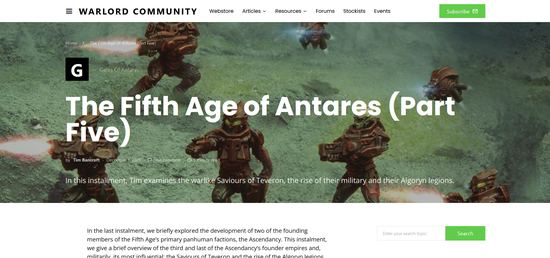Wargamers are well known for their penny-pinching habits, so perhaps it is best if I don't ask where you get your toy cars from. I know how difficult it can be to pay $2 USD or more for a quality toy, when you can get them in bundles for less, or you can get two-fors at the dollar store, or (better yet!) salvage busted-up cars from the kids (or grandkids) play bins! ![]()

The problem is that these cheap ones – like this police car, from a five-car cheap set – often have thin windshields that crack easily or come out of the box cracked!

Or do you remember my Army Car One project? I cracked the windshield taking the car apart, and even painting the inside metallic didn't do much to conceal the flaw.

And the same thing happened with Army Car Two!
Fortunately, it's nothing that a little armor plate can't fix!

Here are the Army Cars One and Two again. (Army Car One has the new turret after the restat.) The first thing I've done is add some of the olive drab color around the edge of the windows. This doesn't have to be too exact, it's just to fill in if the armor plate has any gaps around the edges.

Next, we need to trace the window openings. You need paper that is thin but won't tear through – I find old shopping receipts work well for this. I also have a mechanical pencil.

Now I've traced the opening onto the paper, and cut out a template from the paper.

Now that I have a template, what to use for the 'armor'? With Army Car Two, I used metal armor pieces to cover the rear windshield – but this time, I want something thinner. On that same car, I used plastic to make armored bumpers – but again, that was thick material, and won't conform well to the curves of the window. So what I am using this time is Plastruct PS-155 HO (1:100) Diamond Plate Sheet. This is a vacuum-formed 0.5mm styrene sheet, 7" x 12" and bends easily.

I use the template to pencil outlines onto the plastic sheet, and cut out two 'armor plates'. Since the driver needs to see, I also use a sharp hobby knife to cut vision slits. Then I fit the plates to the windows, trimming until I get a good fit.

The 'armor plates' are then sprayed with an olive drab basecoat, then drybrushed with a dusty green to bring out the texture. Then I glue them into place with white glue (I don't want to use superglue, since it might frost the clear plastic.)

And one more thing: Someone said that the machinegun on Army Car One needed an ammo feed, so I've painted up a piece of plastic and glued it in place. (Maybe a little crooked, but good enough!)

So that's two windshields armored and ready for the arena!






